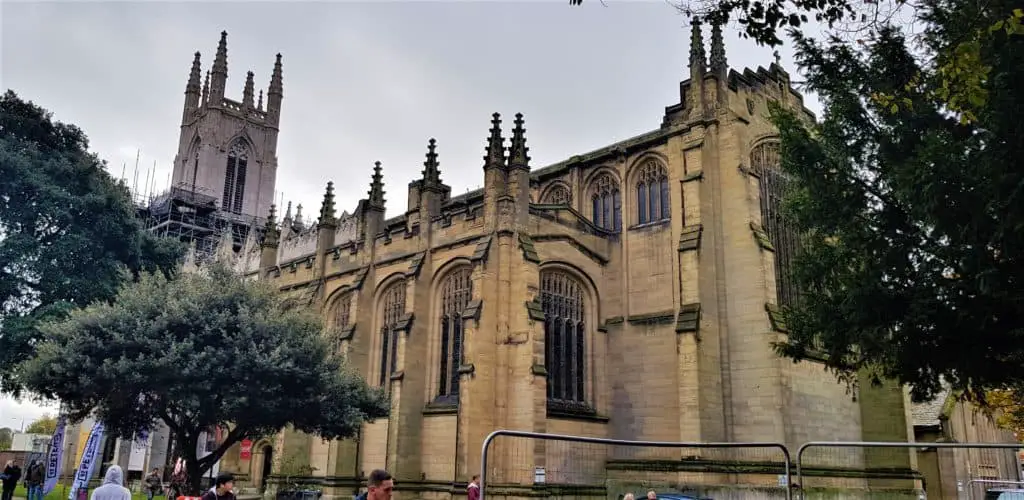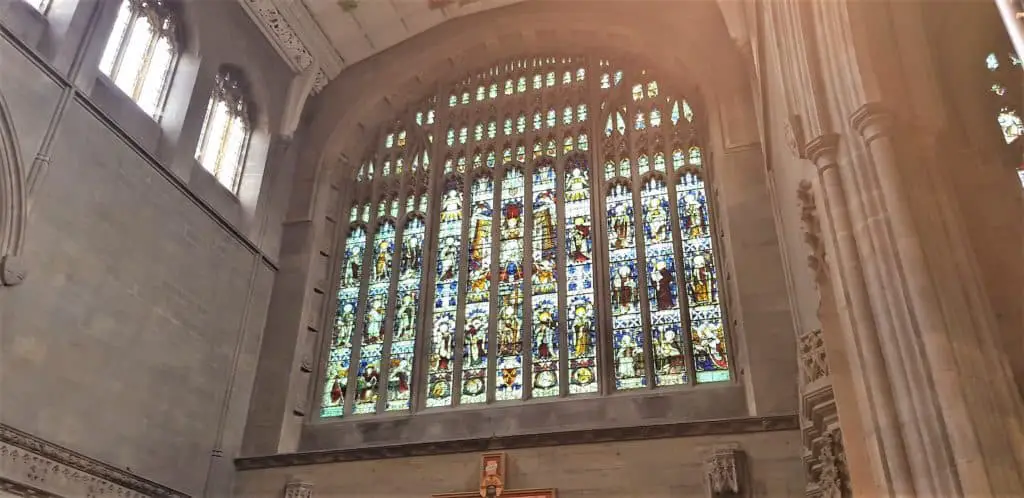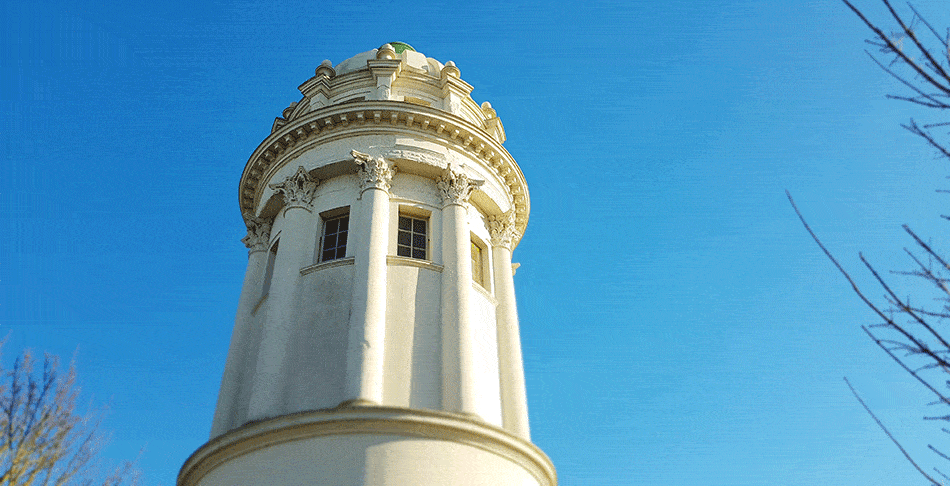I meet many people that wondered if Brighton has a cathedral or not, as Brighton is a city and a city must have a cathedral to be a city, Right?
Does Brighton have a Cathedral? Even though St Peters church on York Place, Brighton is commonly thought to be, and is often unofficially called the cathedral of Brighton. The city of Brighton and Hove does not, and has never had a cathedral.
Are you confused as to how a city can be a city without a cathedral? Read on to see why and how this is.
What Defines a City as a City in the United Kingdom?
Today all that is really needed for a town to become a city is the blessing for the monarch, but this wasn’t always the case.
There used to be 3 requirements for a town to be able to be considered for city status
- The blessing of the monarch
- A Cathedral
- A Population of over 300,000 residents
The Monarchs Blessing – This is because as of the Conquest of 1066, The Crown owns all land in England and Wales. This is the oldest and now, the only remaining requirement for a town to become a city.
This blessing of city status was granted in the year 2000 by Her Majesty Queen Elizabeth II combining the two towns of Brighton and its West side neighbouring town of Hove under the title of the City of Brighton and Hove.
The Cathedral – There used to be a necessity for a cathedral to be present in a settlement, before It could become a city. This was the first form of city regulation started in 1540 by King Henry VIII. But this was dropped in 1897.
This started to get unfair as larger industrial towns without a cathedral were refused city statues, yet small cathedral towns like St David’s, Wales with a population of only 1,600 won the city title.

In the 20th Century, it became widely assumed that anywhere in the United Kingdom with a cathedral was, in fact, a city. But, this goes a step further In the case of Brighton, the proud standing church of St Peter’s at the north of what used to be the very prestigious main Promenade of Grand Parade was also only assumed to be a cathedral, when in fact it wasn’t.
A 300,000 Population – In 1907, King Edward VII and the Home Office decided on three new criteria for city status that were put in place.
- A population of at least 300,000 inhabitants
- That the town has a distinct identity
- A Good Record of Local Government
In the reign of King George V, this minimum population rule was broken for the first time, as city status was granted to the town of Leicester with a population of only 230,000, for its military contributions to world war I. 6 years later Stoke-on-Trent’s 294K inhabitants also gained new city statues and the relaxed approach to the population rule was unofficially taken.
Why do people think St Peters is a Cathedral?

We are going into the realm of speculation now, but I have 2 theories.
- That St Peters is a proud free-standing building, in between 2 of the main roads in Brighton. York Place, which was till 2019, the main road out of the city and Richmond Parade, till recently (also 2019) was the main road into Brighton. Also, in the early 20th century St Peters Church would have been one of the tallest builds in the town and will have been seen and noticed by everyone entering and exiting Brighton. Also, St Peters was the main Parish Church for Brighton town all the way up to 2007. It, therefore, could have been assumed that it would only be a matter of time before St Peters’s church did become a cathedral.
- So, When Brighton became a city in 2000, It could easily be assumed that this was because of Brighton having a Cathedral (which it doesn’t)
Why did Brighton become a City?
It started on the 1st April 1997 when the unitary authority was formed, by combining the two towns of Brighton and Hove, thereby strengthening its local government status.
Then in the year 2000 as part of the millennium celebrations, Brighton’s application for city status was granted by Her Majesty Queen Elizabeth II.
It wasn’t until 31 January 2001 that city status was officially completed.
What other Cities do not have Cathedrals?
City Status has been granted to 18 towns in the United Kingdom that are now cities. These cities are: Bath, Brighton and Hove, Cambridge, Hull, Lancaster, Leeds, Newry, Nottingham, Plymouth, Preston, Salford, Southampton, Stirling, Stoke, Sunderland, Swansea, Westminster and Wolverhampton
Facts about the City of Brighton and Hove
The unofficial Brighton Cathedral – St Peters Church was built in 1824 By Sir Charles Barry at the early age of just 29. The other commissions Barry completed in Brighton and Hove are:
- St Andrews Church, Hove in 1827,
- Royal Sussex County Hospital in 1828,
- The Pepper Pot, 1830

Sir Charles Barry’s most prestigious commission was to rebuild the Houses of Parliament after the tragic fire of 1834 was started by the careless disposing of tally sticks.
What are the Benefits of a Town becoming a City?
Believe it or not, there are no immediate benefits of achieving city status. Apart from the local government getting a little kudos, there is no financial injection put into the new city as we might expect, well not initially. the local government may get a little kudos, but that’s it.
What does happen is the new title does get people thinking bigger as bigger projects for the city are thought up. developers and investors start putting their money and efforts into the new city. From here it starts to become a more serious business hub, what follows is an increase in population, visitors and tourism.
To conclude, a city’s status increases a settlement’s economy through statues. As it has done for centuries and will do for centuries to come.


